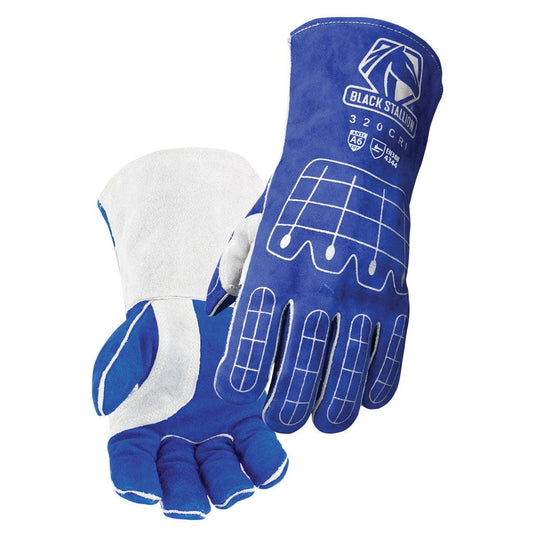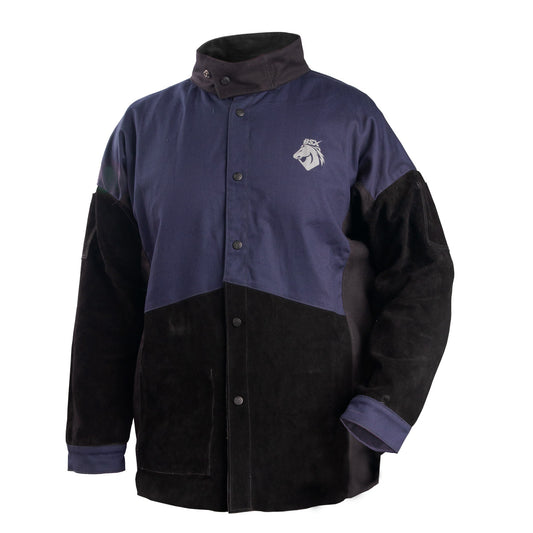Whether you’ve heard about the opportunities in construction welding, pipe welding, or the high-paying career in undersea welding, there’s one thing they all have in common: they’ll require welder certification.

In order to land a welding job, most companies will want their employees to pass a welding certification test where an independent organization supervises your welding skills in specific situations. There are a variety of tests for specific kinds of welding (such as TIG or MIG), which means you won’t want to plunk down the money for one of these tests unless you are actively pursuing a welding career.
In addition to a welding certification test, many employers will ask prospective employees to take a welding qualification test to ensure their more general skills can be applied to the specific work involved at their company. This means that a certification test provides more of a general baseline of assumed knowledge that helps employers screen applicants before testing them further.
Who Gives Welding Certification Tests?
Depending on what kind of welding you plan to do, you’ll need to research testing locations and specifications at the appropriate governing body. Some welding organizations to check include: The American Welding Society (AWS), The American Society of Mechanical Engineers (ASME), The Technical Safety Standards Authority (TSSA), and The American Petroleum Institute (API).
The American welding society deals with buildings and bridges, while the American Society of Mechanical Engineers enforces boiler and pressure vessel codes. As you may expect, the American Petroleum Institute takes care of pipeline welding codes for the oil and gas industries.
What is On a Welding Certification Test?
When signing up for a welding certification test, you’ll need to choose a particular welding process such as Stick, TIG, MIG, or Flux Core Arc Welding. Generally speaking, a welding test will ensure that welders can do the following:
- Adhere to all safety procedures and assemble correct supplies.
- Properly set up the welding machine.
- Correctly prep and assemble the joints to be welded.
- Work on the weld in the correct position.
- Follow the welding procedures outlined in the test.
There are a variety of welding positions for certification tests on surfaces such as flat metal welds and pipe welds, and they have a code system as follows:
- 1 is the flat position.
- 2 is the horizontal position.
- 3 is the vertical position.
- 4 is the overhead position.
- F is a fillet weld.
- G is a grove weld
In order to see illustrations of the various positions, see the Go Welding certification test guide. You’ll also find a series of links to specific welding test preparation tutorials.
These types of welding procedures and joints are what you’ll need to practice prior to your test. You can often find a welding course that includes the test at the end of it, ensuring you are properly prepared, though there are plenty of Do-It-Yourself tutorials such as this video by Welding Tips and Tricks.
If You Fail a Welding Certification Test
Failing a welding test is not the end of your prospective welding career. In fact, many welders fail the first time through. Calling ahead and learning as much as you can about the test will help you prepare for the test, but sometimes you just need to fail the test once before you’re ready for it. Thankfully there is plenty of official and unofficial information online that will help you prepare.
Essential Certification Test Resources
-
American Welding Society Certification Page
-
QC7-93 Standard for AWS Certified Welders (PDF)
-
Supplement C (PDF)
-
Supplement F (PDF)
-
Supplement G (PDF)
-
Accredited Testing Facilities: United States Listing (PDF)
Related Links
- Welding Certification Practice
- Welding Certification Resources
- What to Expect on a Welding Certification Test
- Pursuing a Welding Career
- Qualification and Certification of Welders
- Welding Certification Test Q & A




